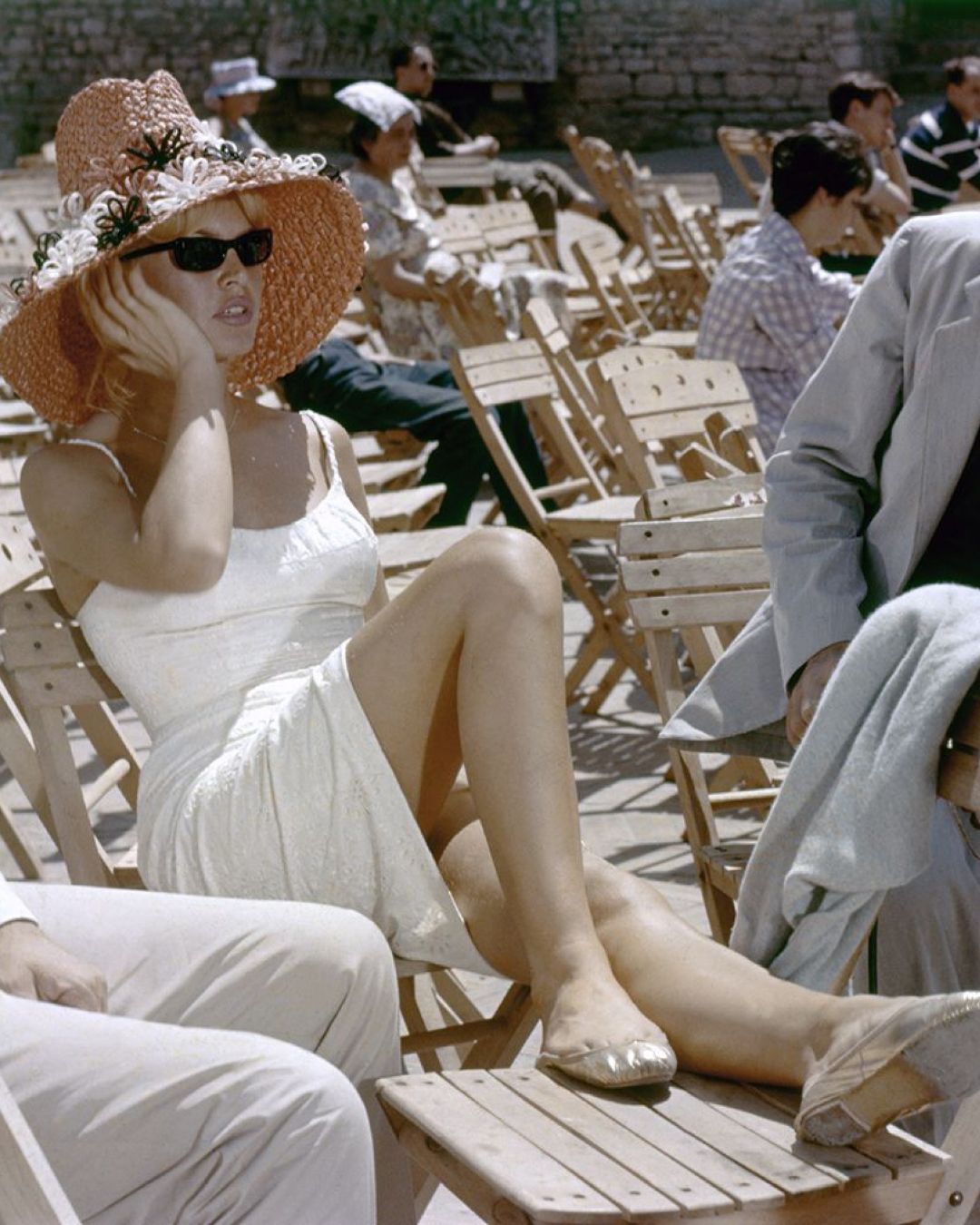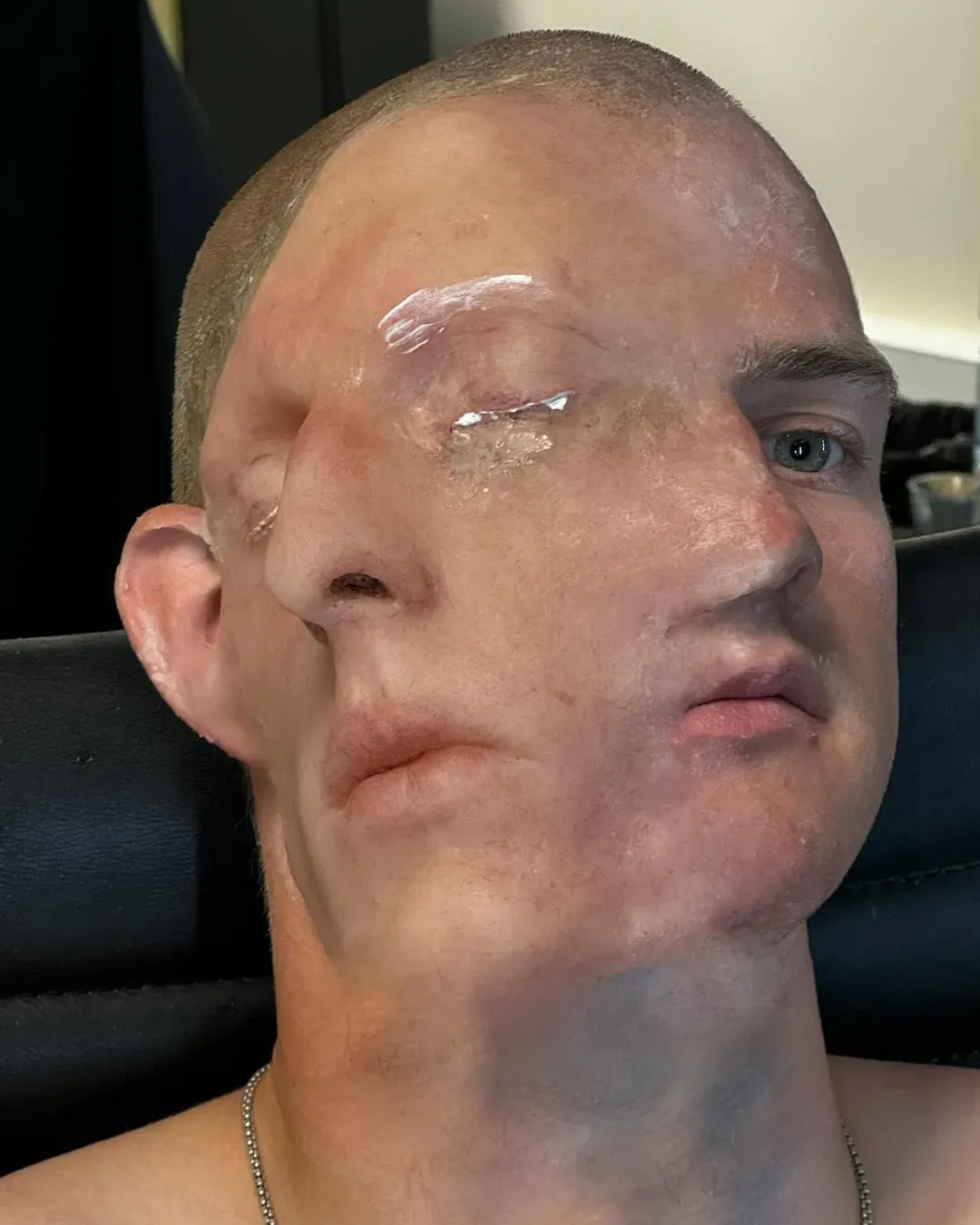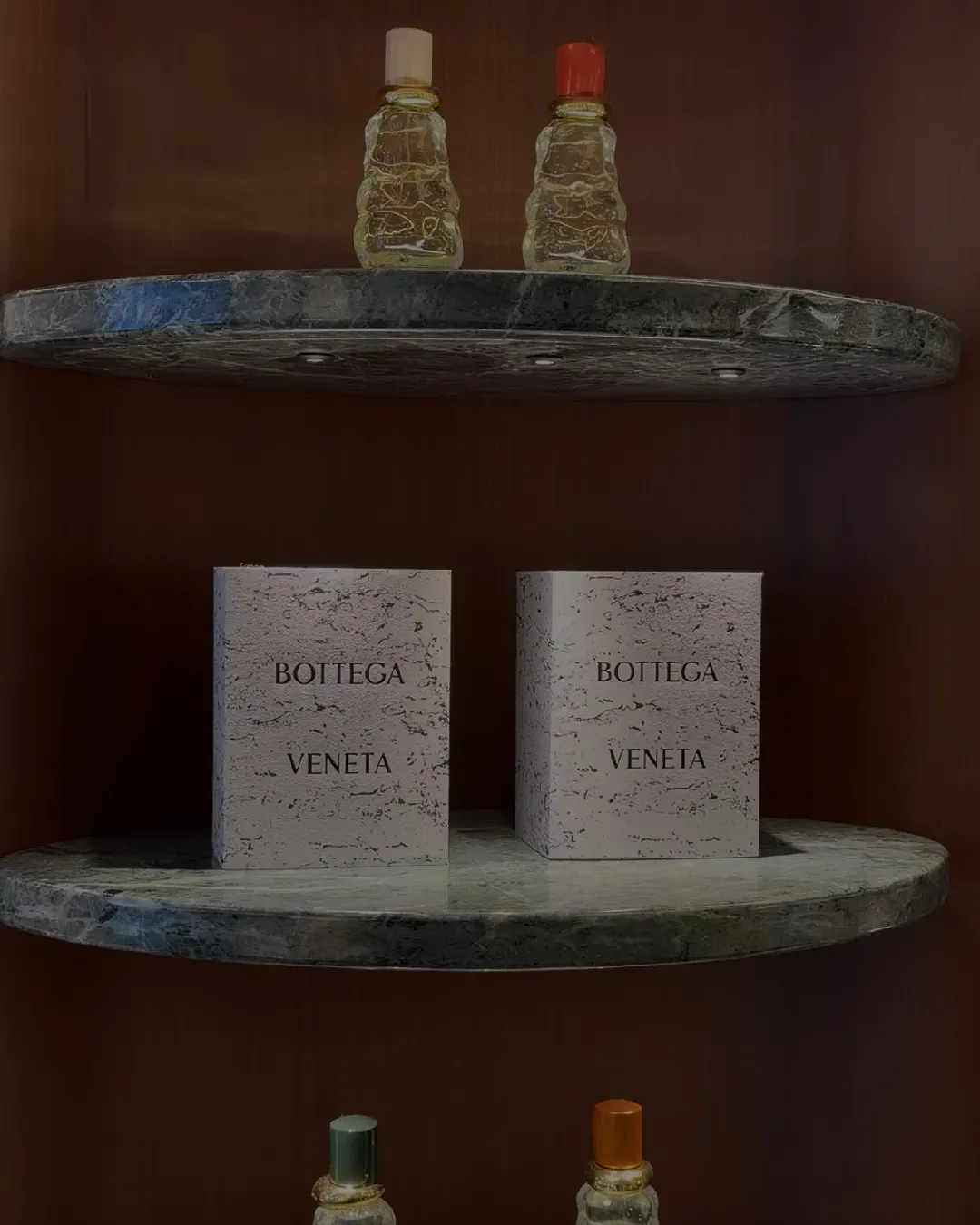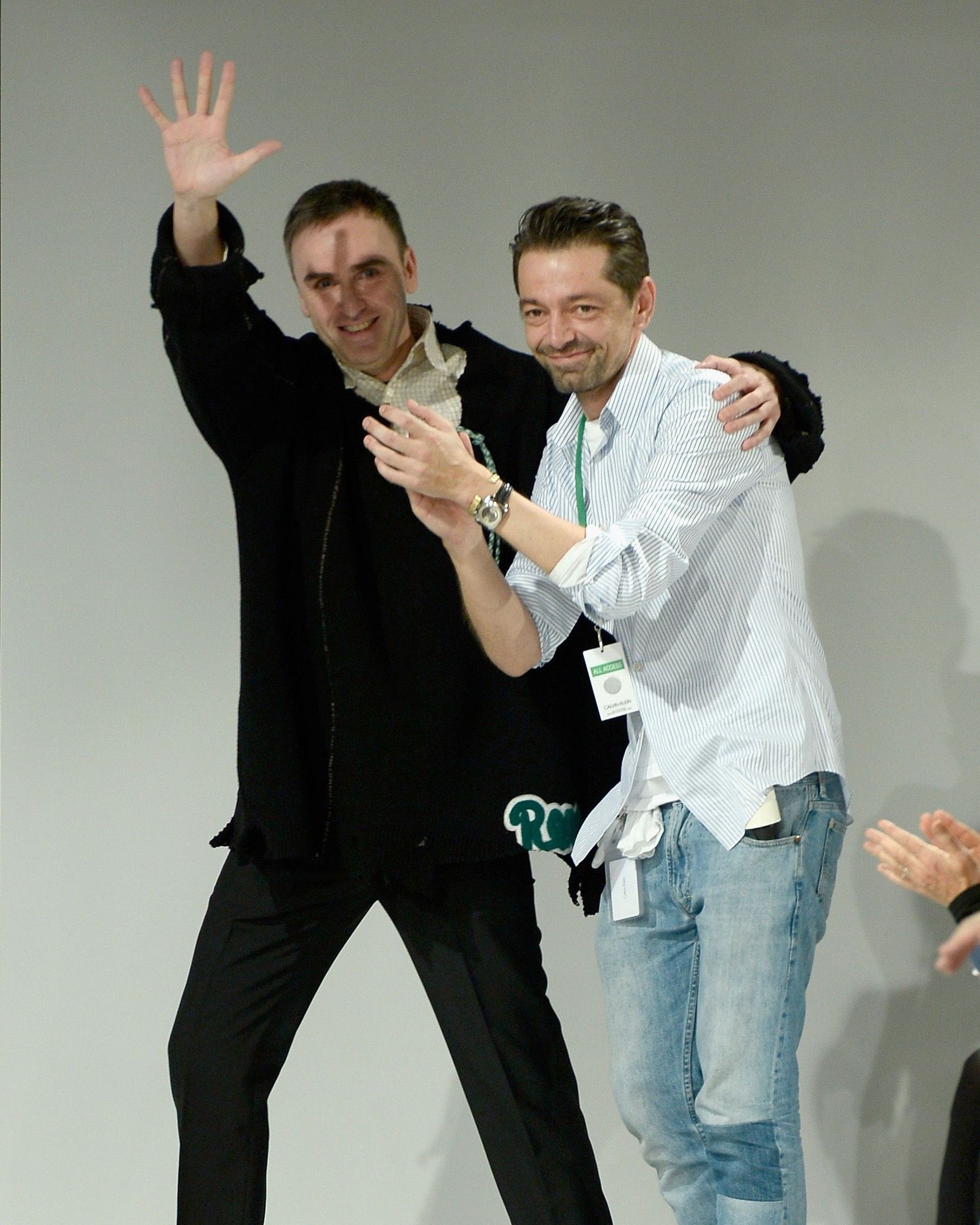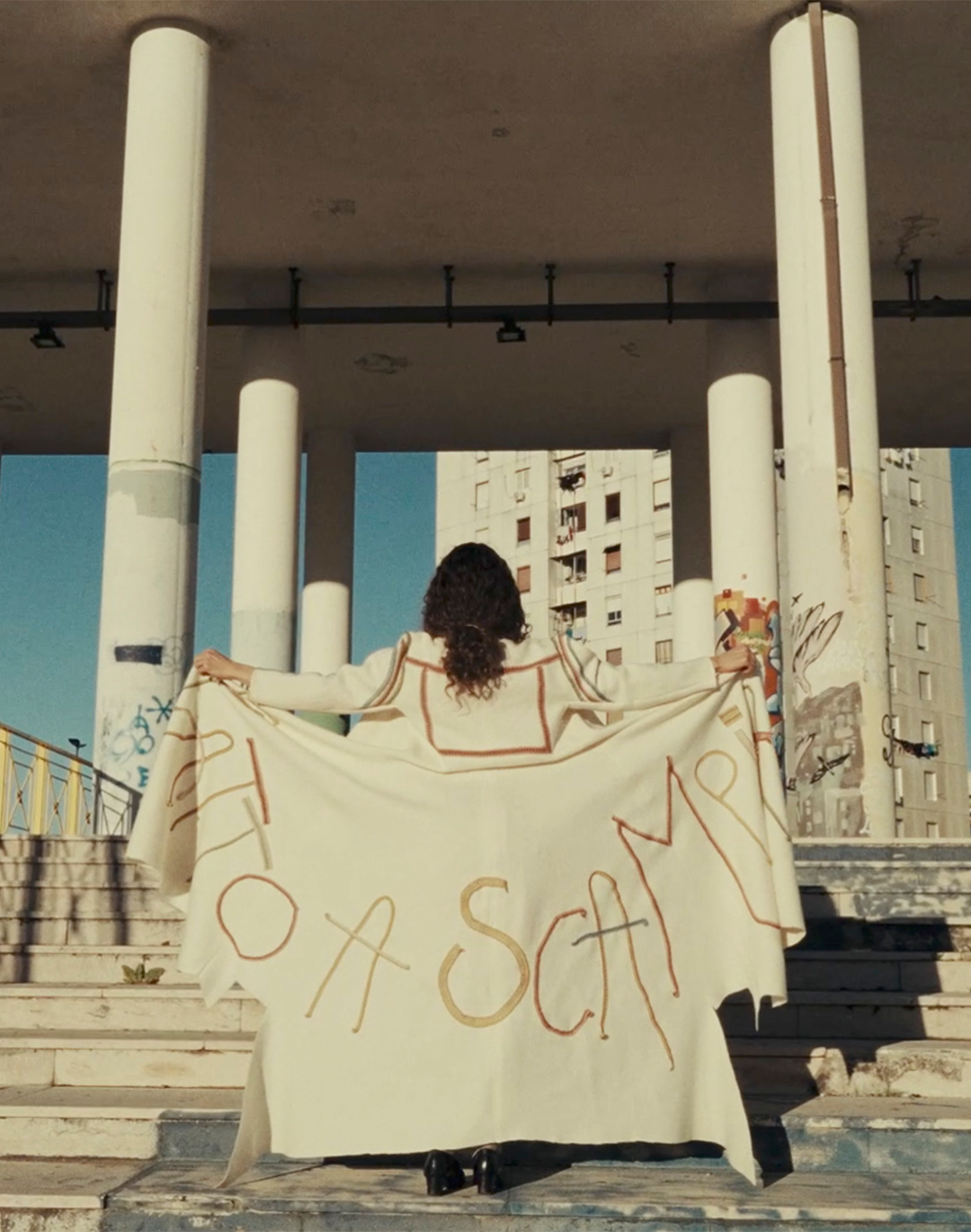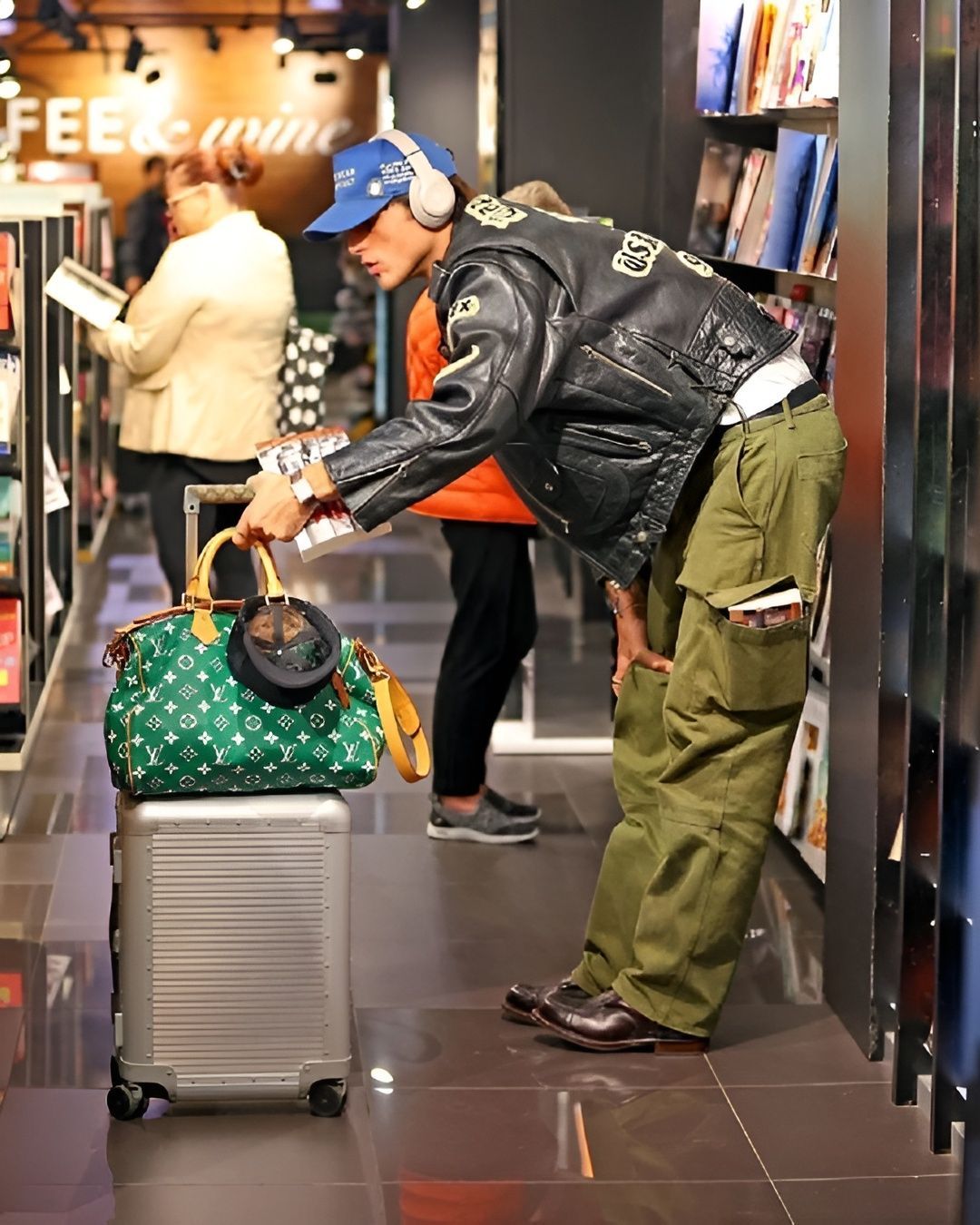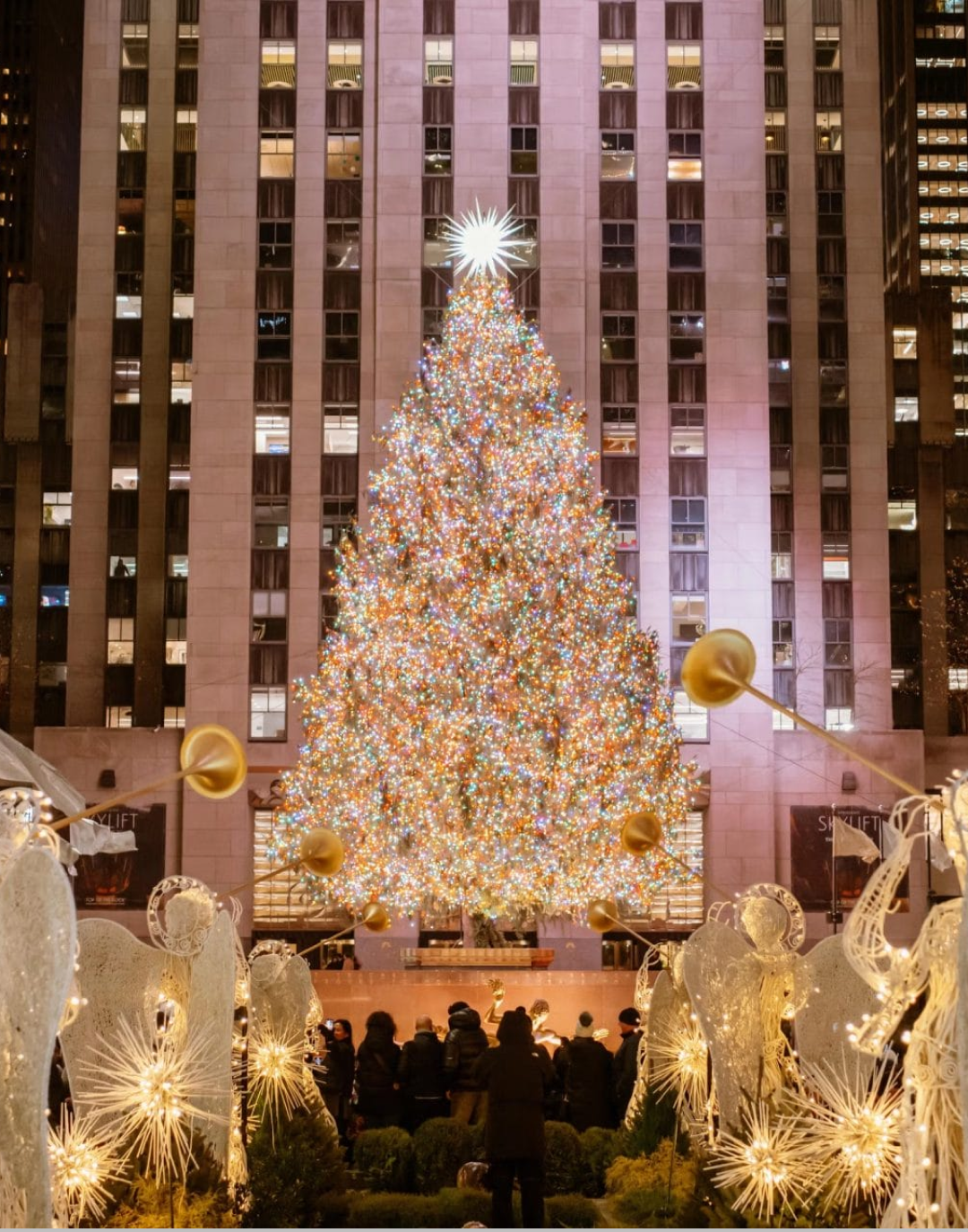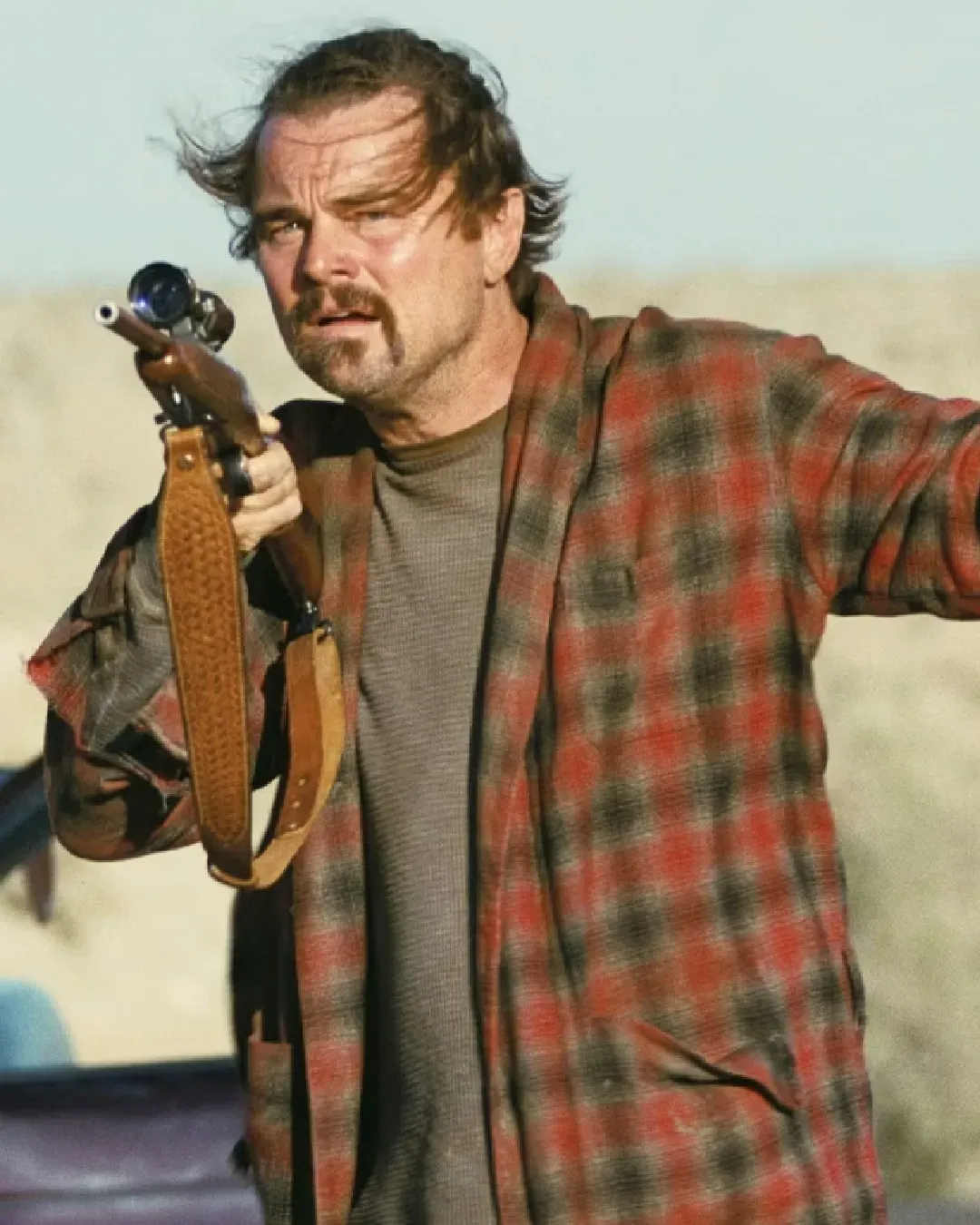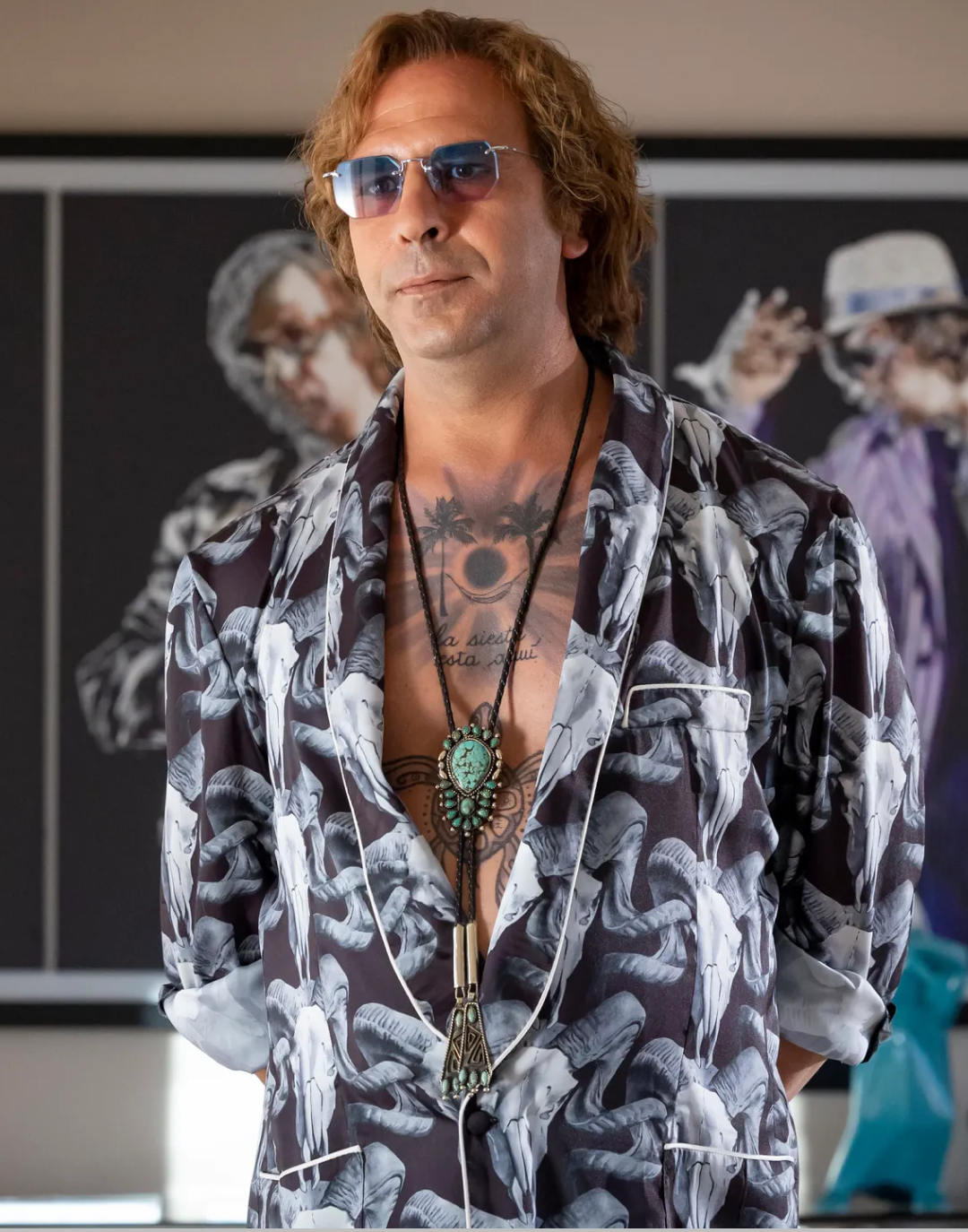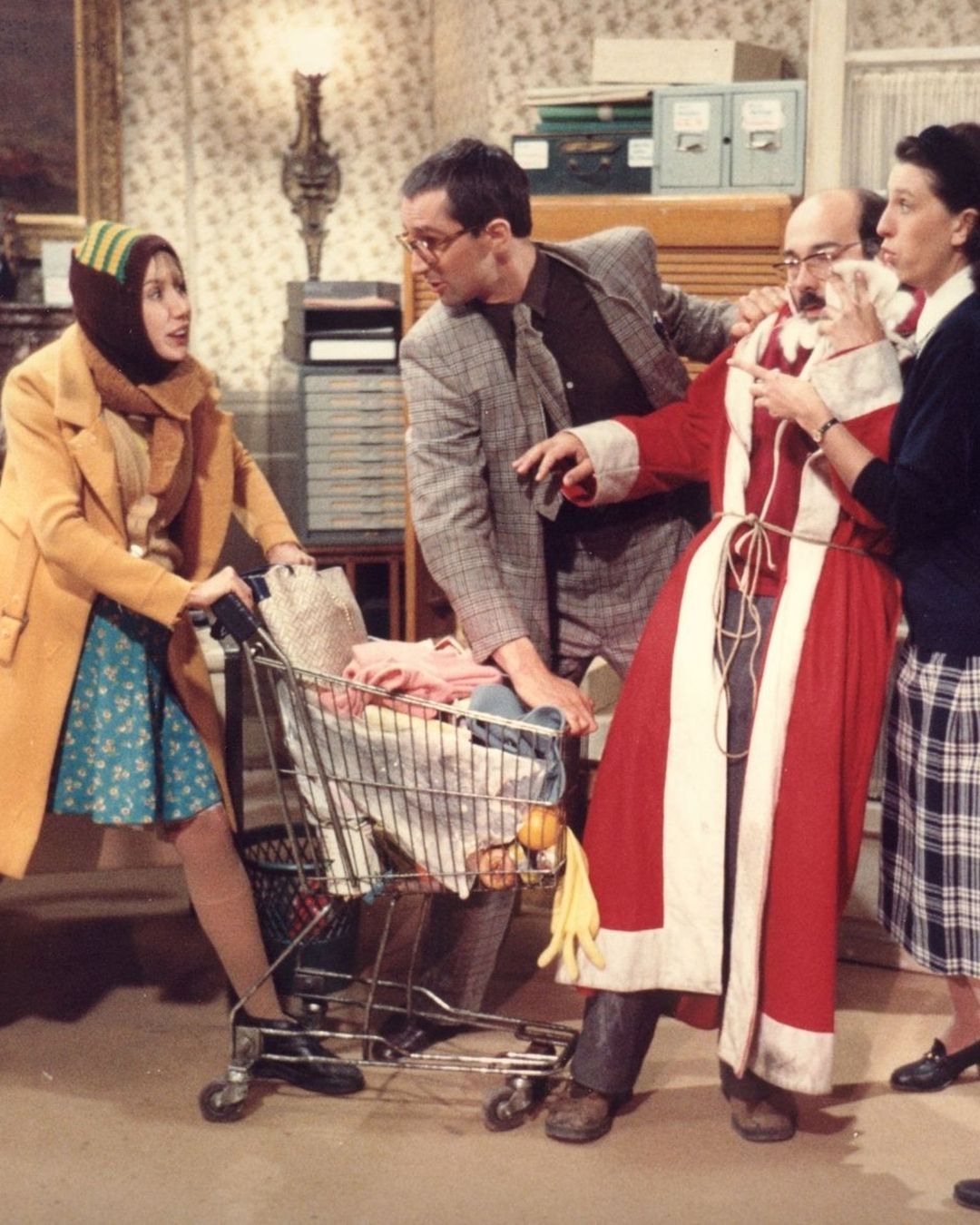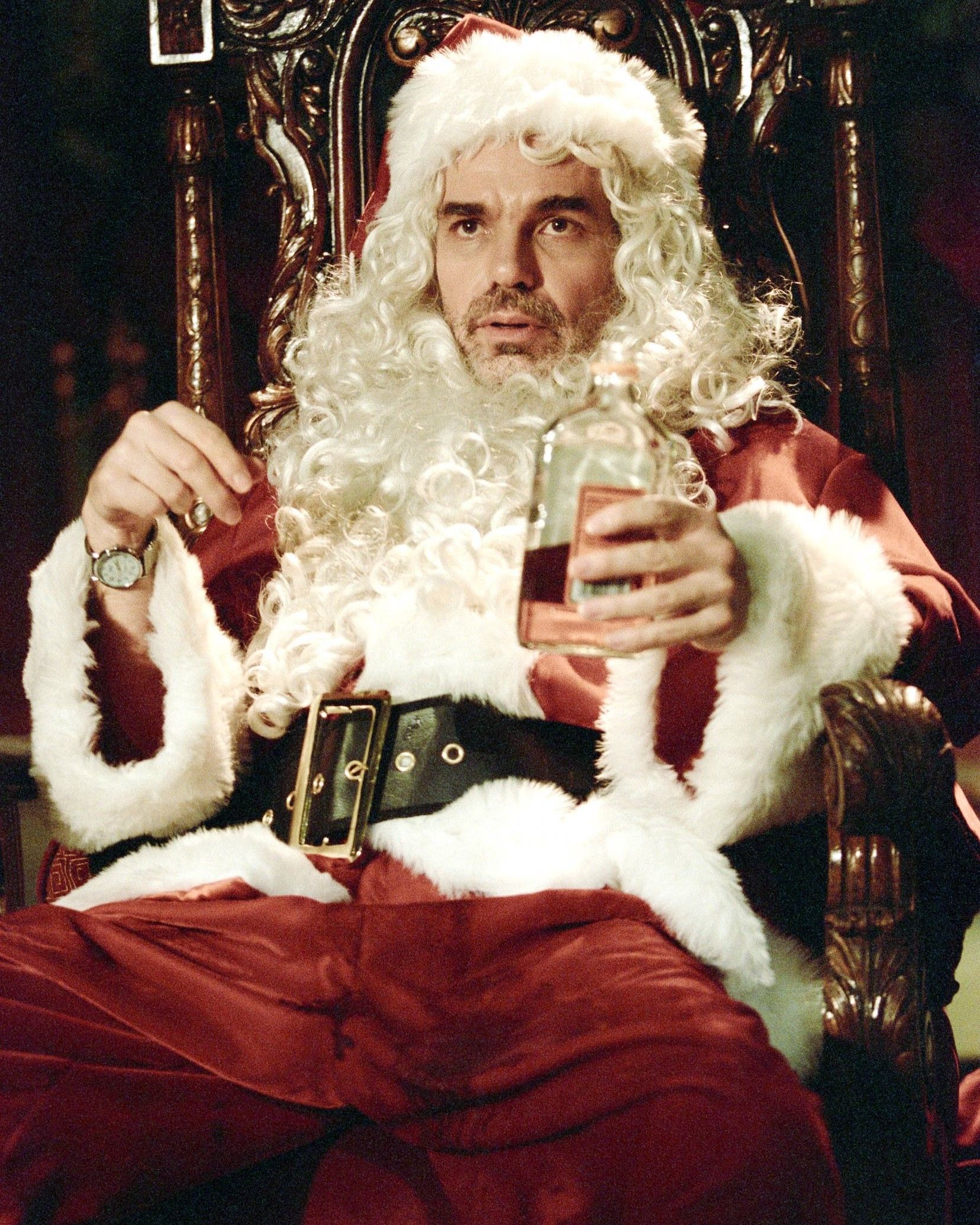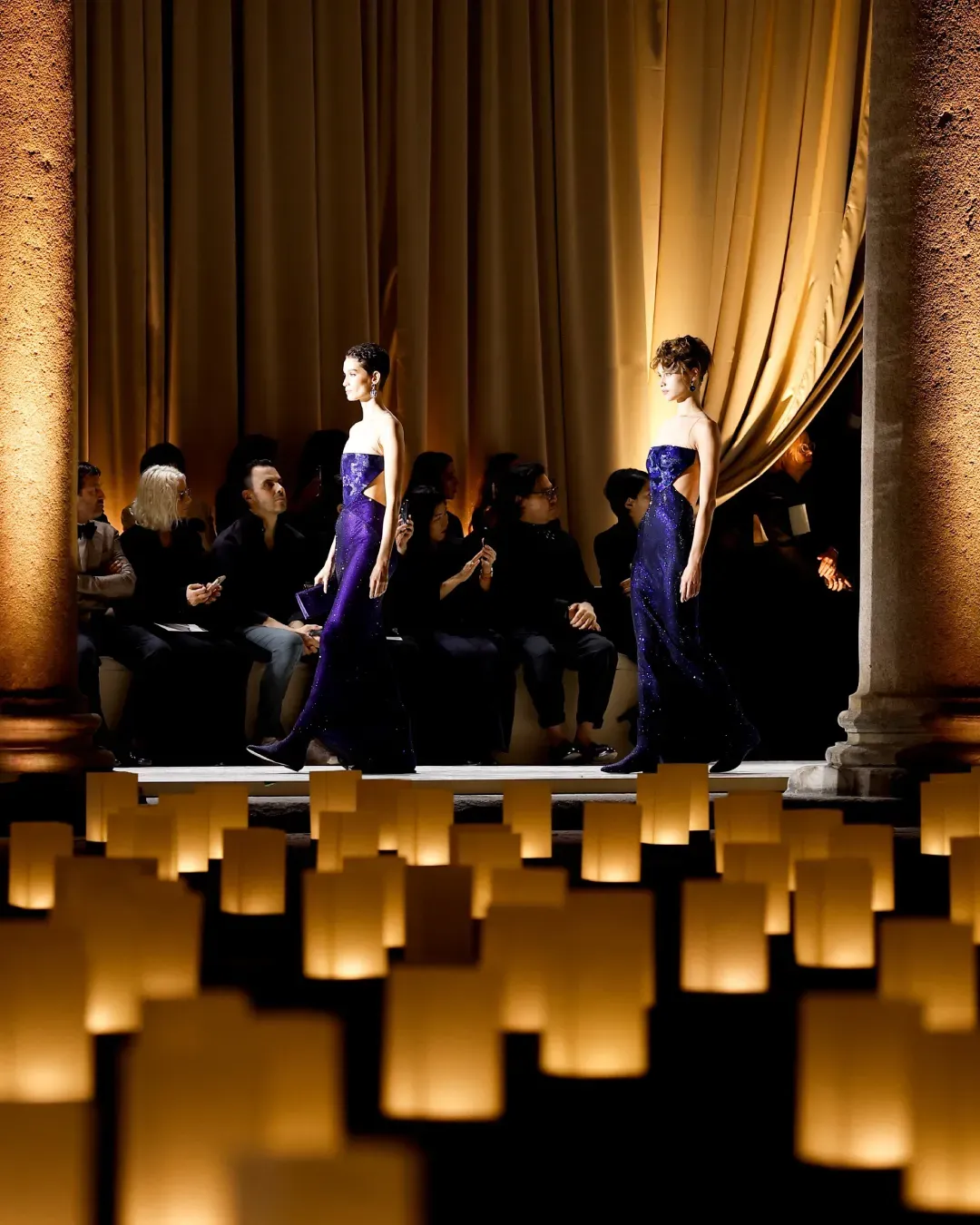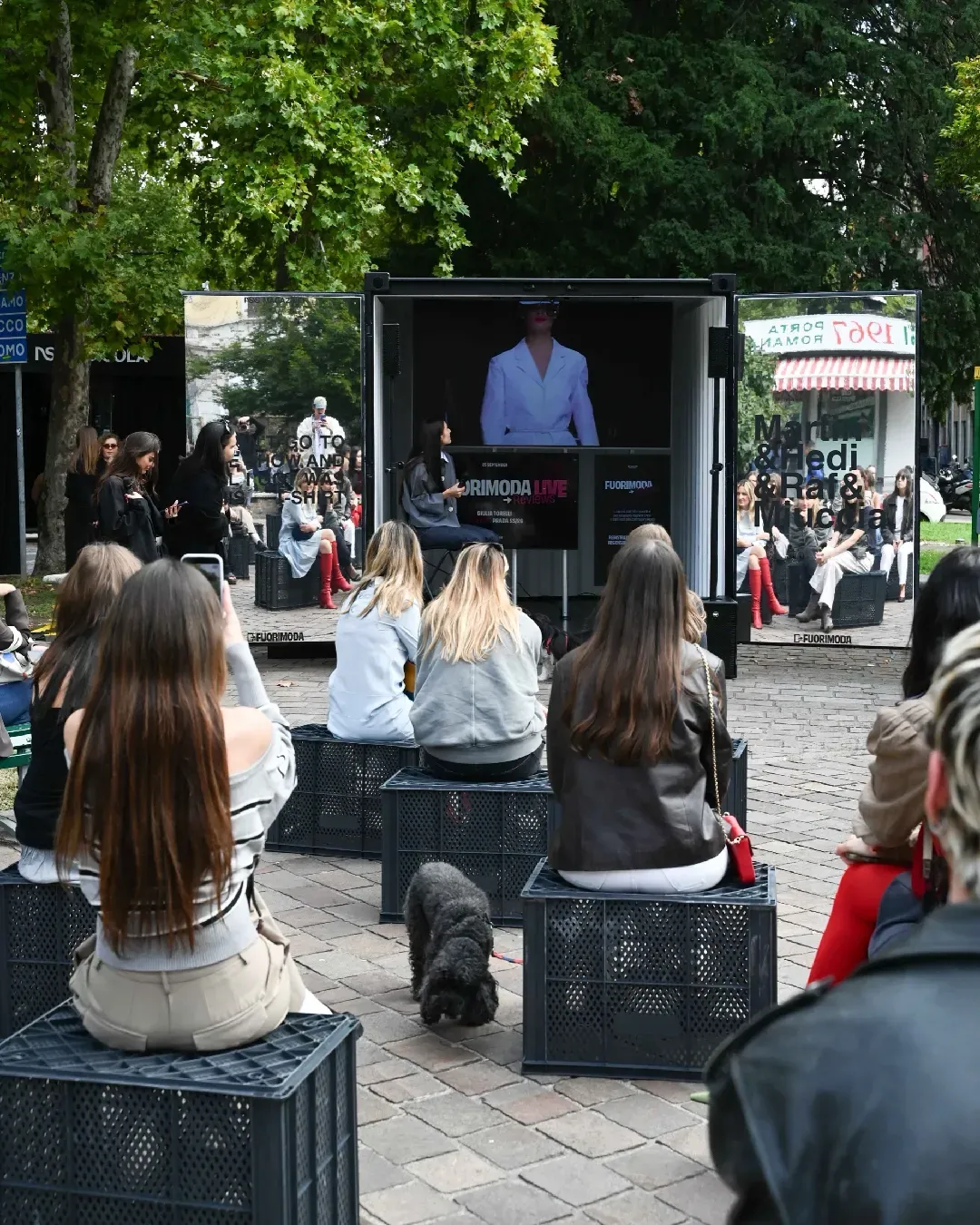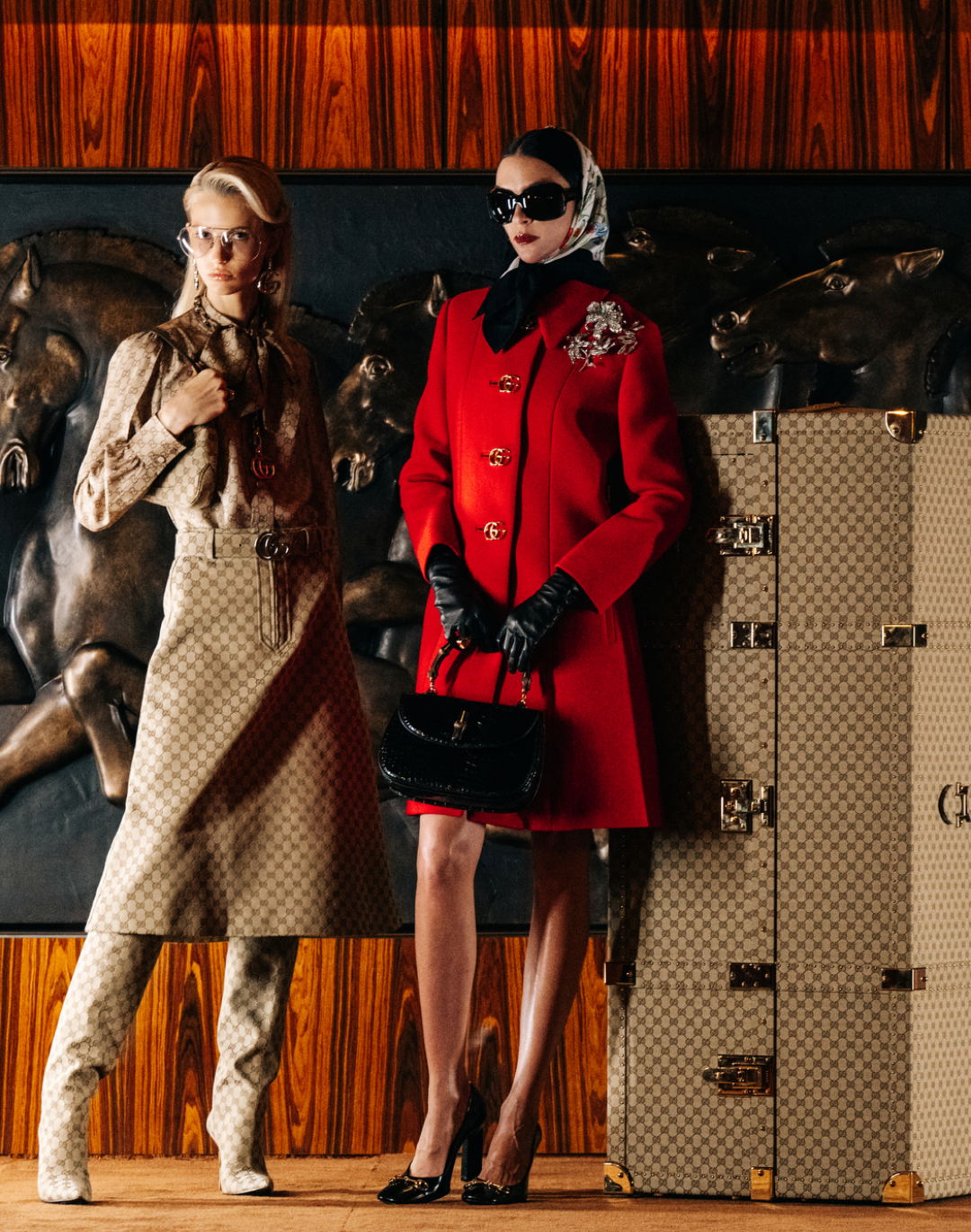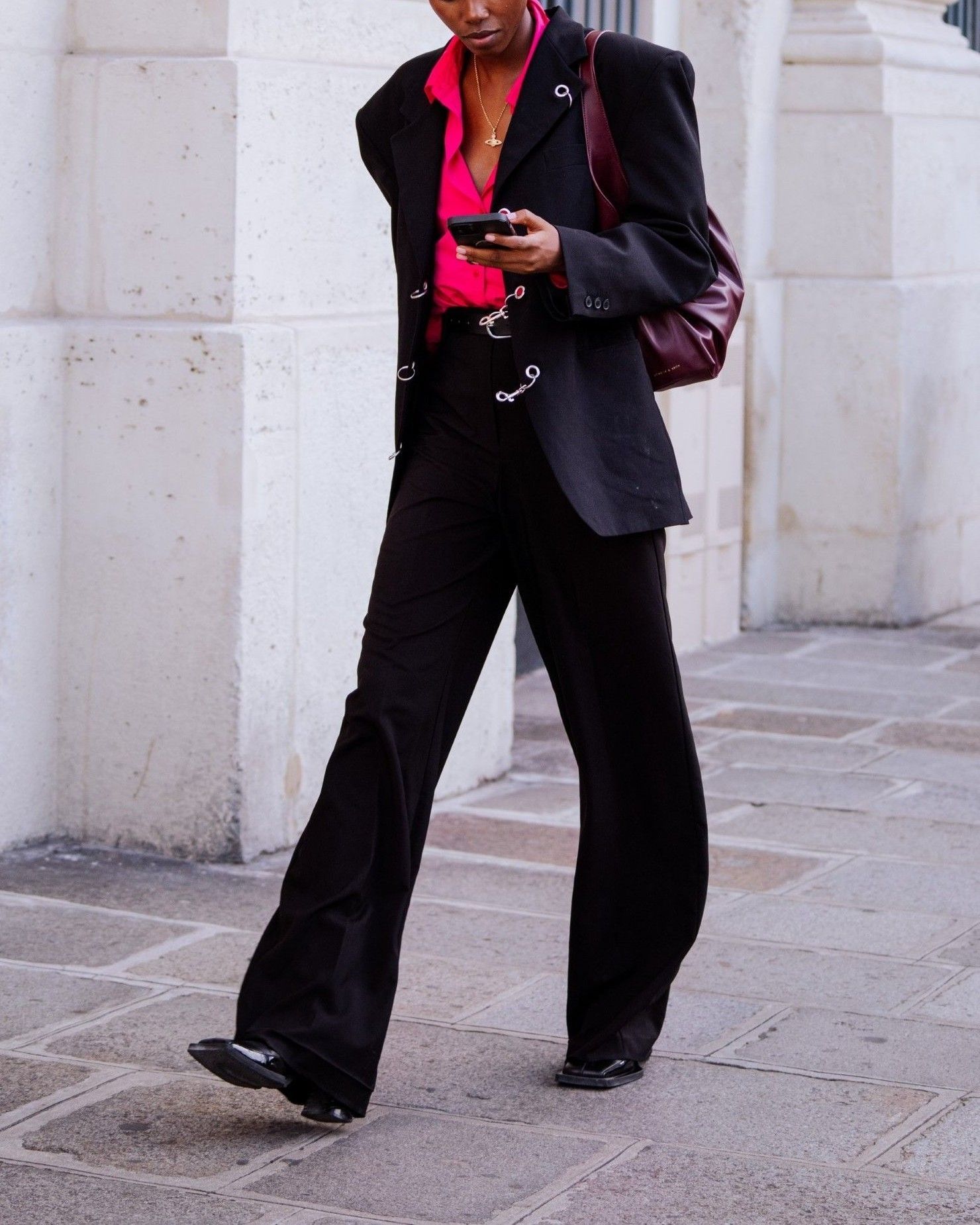
Is Milan doing enough for its emerging designers? We asked them directly during the days of Milan Fashion Week
Who is fashion week really for? Now that runway shows are, season after season, increasingly tailored to talents and media teams—with more content creators than journalists crowding the backstage, and with reviewers often watching shows through a screen—the meaning of the entire experience begins to fade. In the past, fashion week could be seen as the key moment in which aesthetics, market psychology, and semiotic evolution converged in the form of a show. Today, the fashion show landscape has flattened just as much as the calendar has shrunk. The discourse is different when it comes to presentations, where independent designers not yet operating under the diktats of sales teams, investors, or boards of directors remain the living flesh of a system that is suffocating, increasingly lacking in ideas and identity. In this Milan Fashion Week Men’s, with one of the thinnest calendars to date, the (few) big brands may have flexed their muscles—but the emerging and independent brands were the bones, the demonstration that fashion in Milan isn’t only about hyped merch made for TikTok or conceptual clothes that will never see the lights of the Montenapoleone windows. And here lies the first hurdle: when launching a brand today, as Matteo Lamandini of MTL Studio puts it, «you need to combine entrepreneurial and commercial aspects because poetry alone is a struggle; the goal is to merge both without losing the poetic side». Balancing everything can be more complicated than expected because, as Antonio D’Andrea of MERIISI tells us, «you end up being everything that, in an average brand, is handled by at least ten different people: production, communication, creative direction, distribution, development, logistics, material sourcing… everything. It's exhausting, no point in denying it, but also incredibly educational».
But nearly all of our interviewees have had to come to terms with reality. «Creativity is our value, but entrepreneurship is what allows us to make it concrete», says Sabrina Mandelli, creative director of SSHEENA. Others, perhaps more creatively inclined, are forced to cover both roles—often with some personal success: Leonardo Valentini, who identifies primarily as a creative, tends «to oversee everything entrepreneurial—or at least I try», relying on the support of his team in which he places «a lot of trust»; for Alessandro Spaggiari of Via Piave 33, there’s no great contradiction between the two because «creativity is certainly central, but it must also be supported by a more entrepreneurial approach to ensure it can last over time». Others, like Filippo Cascinelli, view entrepreneurship as «a form of creativity applied to reality». Overall, however, these internal challenges are not what worry the new wave of Milanese designers—everyone, in one way or another, recognizes them as necessary. The real concern lies in the very possibility of emerging, which, aside from the visibility granted by the Camera Nazionale della Moda Italiana or support from the Fondazione Sozzani and the irreplaceable Sara Maino, often fails to extend throughout the system. «Milan is still a very hierarchical stage, where status often outweighs content. New names exist, but they struggle to find real, structured space that truly values them», says Antonio D’Andrea, who continues: «There’s a lack of willingness to invest in processes, not just results. Milan still tends to celebrate what’s already recognized, established, and “presentable.” If you don’t fit into certain dynamics, if you don’t yet have the right stamp of approval, you risk remaining invisible». Lamandini, who strongly praised the work of Fondazione Sozzani, also says that «there needs to be more trust from buyers, who are still very reluctant to purchase emerging brands. Besides the support given by Camera Moda, I believe the follow-up stage is missing». For Leonardo Valentini, convinced that «there’s a certain amount of hypocrisy in general», the situation is similar: «Once value is recognized, it should be made more visible to the world».
The truth might be that, structurally, fashion week should, as Alessandro Spaggiari said, «provide more targeted support to build solid projects, not just momentarily interesting ones, to generate genuine international interest in Milan, not only for the big names but also for newer ventures». Indeed, it must be said that fashion weeks may now be an outdated mechanism for emerging brands that could leverage countless other stages via social media, but when it comes to recognition, they remain the only real option. Without the kind of budget Jacquemus has to stage his spectacular shows, or access to large digital communities (organically built ones being even rarer), designers still rely heavily on fashion week — but perhaps more could be done. According to Filippo Cascinelli, «what is truly needed are concrete tools to turn ideas into sustainable projects», he says, «access to funding, trust from retailers, production spaces, and visibility. My hope is that over time, a more structured system will be built to support the new generations». Meanwhile, Antonio D’Andrea echoes the same concerns regarding «dedicated spaces, real support — not only in terms of visibility but also technical, production, and narrative». Even Sabrina Mandelli of SSHEENA acknowledges the existence of the problem: «There is space, but it’s not yet sufficient and, above all, not on the same level. I would ensure that young designers have the same opportunities to increase their visibility», continues Mandelli, «perhaps by showing and ensuring that the major brands are evenly distributed throughout the calendar, as they do in Paris». And here we get to the heart of the matter: there is a specter haunting Milan — the specter of Paris.
Several insiders encountered in Milan these past days have noted the growing divide between Milan and Paris, where one can feel the presence of an ecosystem, a cultural and professional humus that the more commercially-driven Milan may lack. Take Magliano, for instance — perhaps the most celebrated among the “new” Italian names — who, despite his established career, is still labeled as emerging, while designers of similar age like Ludovic de Saint Sernin or Duran Lantink in Paris are entrusted with major creative roles. Perhaps more poetically, Leonardo Valentini reflects that «what’s missing is the famed Sala Bianca of Palazzo Pitti — which wasn’t in Milan, of course», he jokes, «but still created a space where different emerging designers with various aesthetics and targets could connect and grow. Back then there was Giorgini, and brands from that system like Valentino are now legendary. We need another Giorgini to lead the way». Antonio D’Andrea of MERIISI similarly highlights London, where he experienced «a true freedom of expression, a design culture that encourages risk, exploration, and disruption». That experience taught him that «even before a showroom, a runway show, or an investor, a young designer needs mental and cultural space to grow», which implies that Milan needs «a shift in perspective: more openness, more trust, more patience. The new needs to be welcomed even when it’s uncomfortable, even when it’s not yet perfect». According to Mandelli of SSHEENA, «Milan must have the courage, patience, and time to believe in the right people. The big misunderstanding today is that we often compare ourselves to brands with 50, 100, or even 140 years of history».
The issue may be cultural: the novelty of showcasing “emerging” talents rarely leads to that clear equivalence or parity with historic brands seen at Paris Fashion Week, which allows for more complex narratives to emerge. Often, the label of “emerging” becomes a category where designers are placed without any real follow-up after their debut — emerging in a state of permanent emergency. Yet these designers are not filler content: they are the most vital part of a system where it is the institutions that are growing stiff and outdated. Instead, it would be necessary for Milan’s major fashion players to build networks, recognize talent, and stop keeping emerging voices in perpetual limbo. For Alessandro Spaggiari of Via Piave 33, for example, «there is a need to see young designers not only as creative forces but also to identify, on an institutional level, their vision and market potential. As we said earlier, it's always about striking the right balance in order to help projects grow sustainably». Antonio D’Andrea also believes that «a mindset shift is needed, even among creatives themselves. Too often there’s fear of sharing, as if an idea could be stolen. If we were all more faithful to our own voices, there would be less empty competition and more healthy cross-pollination». We would add that value recognition shouldn’t rely solely on praise from external entities and that established insiders and creatives should actively support the work of the next generation. In general, if we want fashion in Milan to once again be synonymous with true, vibrant culture — not just commerce — then the first community must be formed among the brands and creatives themselves, and between institutional giants and new independent names — because culture, after all, is never built alone.


